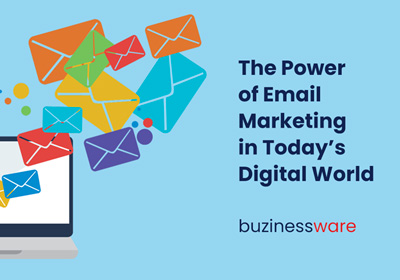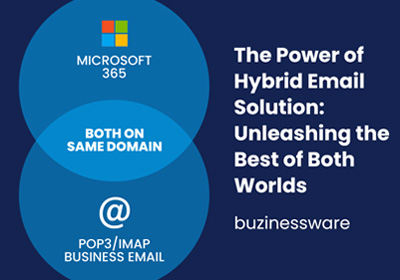
The Power of Email Marketing in Today’s Digital World
In the fast-paced digital landscape, where social media and influencer marketing seem to dominate, email marketing continues to prove its effectiveness. It remains a powerful tool for businesses to connect with their target audience, build relationships, and drive conversions. In this blog post, we will explore the benefits, strategies, and best practices of email marketing.
Benefits of Email Marketing:
Direct and Personalized Communication:
Email marketing allows businesses to communicate directly with their audience. Unlike social media platforms, where algorithms can limit reach, emails land directly in the recipient’s inbox. Moreover, with the ability to segment email lists and personalize messages, businesses can deliver tailored content and offers, increasing the chances of engagement.
Cost-Effective and High ROI:
Compared to traditional marketing channels, email marketing offers an excellent return on investment (ROI). With minimal production costs and the ability to automate campaigns, businesses can reach a large audience without breaking the bank. Additionally, tracking and analytics tools enable businesses to measure the success of their campaigns and optimize their strategies accordingly.
Nurture and Build Relationships:
Emails provide a unique opportunity to nurture and build relationships with customers. By delivering valuable and relevant content, businesses can establish themselves as trusted sources of information, leading to increased brand loyalty and customer retention. Moreover, through automated drip campaigns, businesses can guide leads through the sales funnel, converting them into paying customers.
Email Marketing Strategies:
Building a Quality Email List:
The foundation of successful email marketing lies in building a quality email list. Instead of purchasing email lists, businesses should focus on organic methods like website sign-ups, lead magnets, and social media promotions. This ensures that the email list consists of genuinely interested individuals, increasing the likelihood of conversions.
Effective Email Design and Content:
To capture the attention of recipients, emails should have visually appealing designs and compelling content. Utilize a clean and mobile-friendly layout, include eye-catching visuals, and craft concise yet engaging copy. Personalization techniques, such as addressing recipients by name, can also enhance the impact of the email.
Segmentation and Personalization:
Segmenting email lists based on demographics, preferences, or past interactions allows businesses to deliver highly targeted content. Personalization goes beyond simply addressing recipients by name; it involves tailoring the entire email experience to match the recipient’s interests and needs. This approach increases engagement and conversion rates.
Best Practices for Email Marketing:
Obtain Permission:
Always obtain permission before adding someone to your email list. Implement a double opt-in process to ensure that subscribers are genuinely interested in receiving emails from your business. This helps maintain a healthy contact list and reduces the risk of spam complaints.
Optimize for Mobile:
The majority of emails are now opened on mobile devices, so it is crucial to optimize email designs for mobile viewing. Use responsive templates that adapt to different screen sizes and ensure that the content is easily readable and clickable on small screens.
Test and Analyze:
Regularly test different elements of your email campaigns, such as subject lines, call-to-action buttons, and send times. Analyze the results to identify what resonates best with your audience and make data-driven decisions to optimize future campaigns.
Email marketing continues to be an effective marketing strategy, allowing businesses to connect directly with their audience, nurture relationships, and drive conversions. By implementing the right strategies, businesses can leverage the power of email marketing to stand out in today’s digital world.


